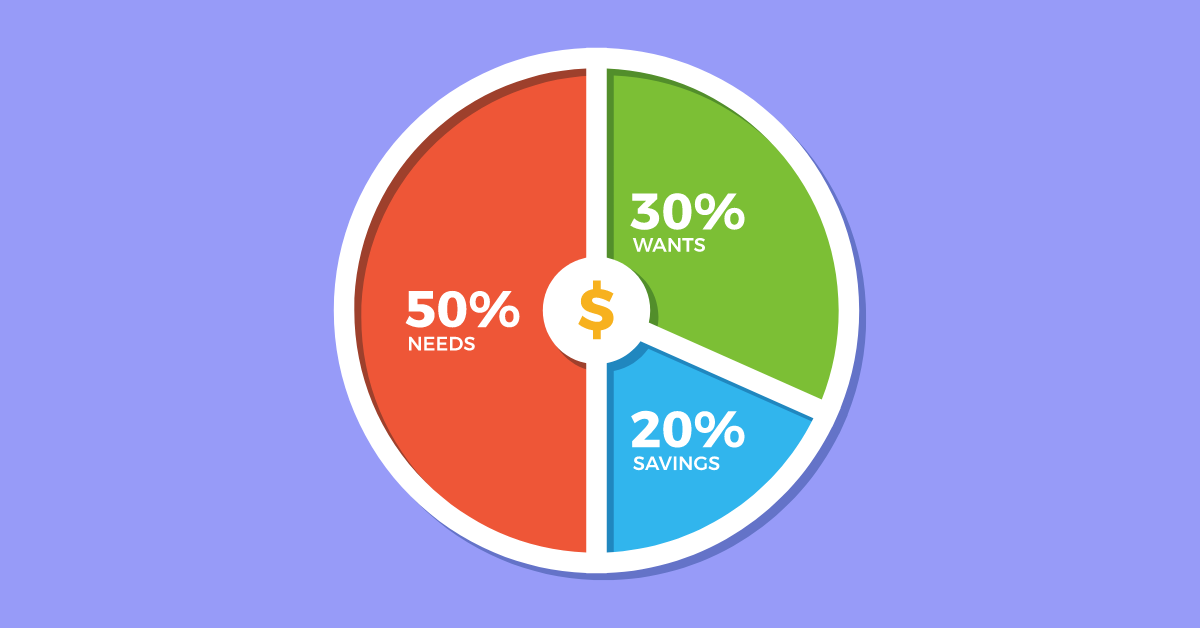Navigating the investment landscape can be challenging but also immensely rewarding with the right strategy. One such strategy that has the potential to yield substantial returns is growth investing.
In this blog, we will understand what growth investing is, how it works, how to evaluate companies for growth investing and other questions you might have.
What is Growth Investing?
Growth investing is like being a talent scout in the world of finance. Just as a talent scout searches for promising young artists who have the potential to become superstars, a growth investor hunts for companies that are poised to grow at an above-average rate compared to others in the market.
It is akin to buying a seedling of a rare, exotic plant that you believe will grow into a magnificent tree. You nurture it, watch it grow, and over time, it becomes the centerpiece of your garden, the envy of every passerby. That’s growth investing! It’s about investing in young, vibrant companies (the seedlings), believing in their potential, and reaping the rewards as they flourish.
How does it work?
To illustrate, let’s consider an example from the Indian stock market – Reliance Industries, a conglomerate with a diverse portfolio. Its digital arm, Jio Platforms, has grown remarkably in recent years. Investors who recognized its potential early on and invested have seen substantial returns.
That’s the essence of growth investing – identifying such companies that are poised to grow and investing in them. However, remember that many growth investing stocks are often young and relatively untested, like a new singer on a reality show. They come with their own set of risks. The rewards can be tremendous if they succeed, but if they falter, they could also lead to losses.
Evaluating a Company’s Potential for Growth
When selecting a company for growth investing, you’d want to look for certain traits. Here are a few:
Strong Historical & Forward Earnings Growth
This is like checking a student’s report card. If a company has consistently scored well in the past, it’s likely to continue doing so moving forward.
Strong Profit Margins
Just as a successful artist not only earns well but also manages his expenses efficiently, a good company should demonstrate not just strong sales growth but also good profit margins.
Strong Return on Equity (ROE)
ROE measures how efficiently a company uses its shareholders’ investments to generate profits. This is like a report card for the company’s management, showing how effectively they use the investors’ money.
Strong Stock Performance
If a stock has the potential to double in value in a few years, it is likely a growth stock.
Market Opportunities
Growth investors also evaluate a company’s market opportunities beyond financial metrics. Companies operating in rapidly growing industries or markets often have higher growth potential.
Growth Investing vs. Value Investing
Now, let’s introduce another character to our story – the value investor. While a growth investor is like a talent scout, a value investor is more like an antique collector, looking for undervalued pieces that the market has overlooked.
To make this contrast clearer, let’s use a chart:
| Basis | Growth Investing | Value Investing |
| Focus | Future potential | Current undervaluation |
| Risk | Higher | Lower |
| Returns | High (if the company succeeds) | Steady |
| Examples | Tech startups, emerging industries | Established companies, traditional industries |
Final Thoughts
Growth investing presents an exciting opportunity to participate in the growth stories of young companies. But remember, with high potential returns come high risks. Always diversify your portfolio to spread and manage these risks effectively.
In the end, whether you choose growth investing, value investing, or a blend of both, it’s important to align your strategy with your investment goals, risk tolerance, and time horizon.
At WealthDesk, we help you to invest in WealthBaskets, i.e. the combinations of stocks and ETFs reflecting an idea, theme, or investment strategy, and are created by SEBI-licensed investment advisors and research analysts.
FAQs
Growth investing is an investment strategy that focuses on companies expected to grow at an above-average rate compared to other companies in the market.
While growth investing targets companies expected to grow rapidly, value investing seeks stocks that are undervalued or trading for less than their intrinsic value.
The main risk is overvaluation; since growth stocks have high price-to-earnings ratios, any earnings disappointment can lead to significant price drops.
Growth investing is suitable for risk-tolerant investors who seek higher returns and are comfortable with the possibility of short-term price volatility.
Growth stocks typically have high price-to-earnings ratios, strong earnings growth, and often reinvest their earnings into the business instead of paying dividends.
While growth stocks can offer significant returns, they can also be volatile. Beginners should be prepared to tolerate some risk and volatility in their portfolios.
Yes, many successful investors have utilized growth investing strategies for substantial long-term gains, but it requires careful stock selection and a tolerance for volatility.
Typically, growth companies reinvest profits back into the business to fuel further growth, so they often do not pay dividends.
Both strategies have their advantages and disadvantages, and the choice depends on the individual investor’s risk tolerance, investment goals, and time horizon.
While there’s potential to outperform the market with growth investing, it involves higher risk and depends on the investor’s ability to identify truly exceptional growth companies.


















